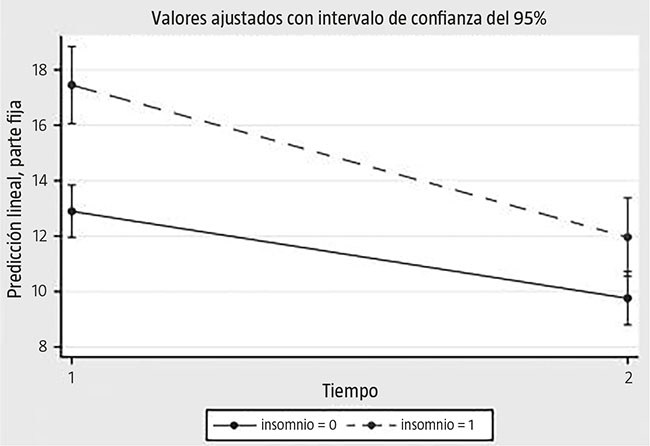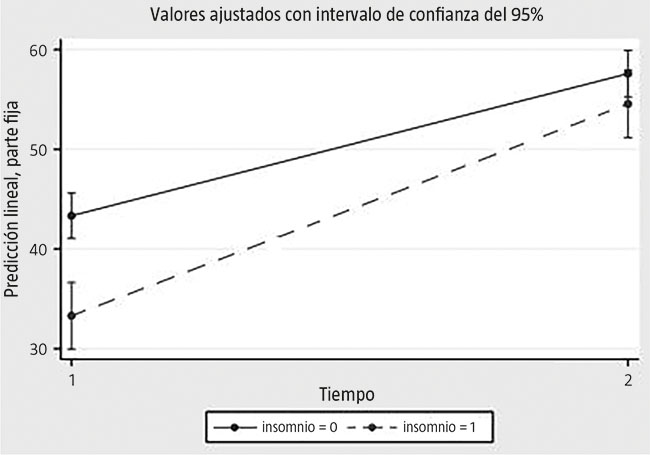Impact of the Interdisciplinary Chronic Pain Rehabilitation Programme in patients with and without sleep disorders
Introduction. Sleep disorders and chronic pain are linked to each other bidirectionally. Both are related to affective disorders, fatigue, depression, anxiety and drug abuse, and have a significant effect on quality of life. The Interdisciplinary Pain Programme (IDP) aims to relieve the patients’ pain and improve their functionality by incorporating healthy postural, sleep and nutritional habits, relaxation techniques, physical exercise and cognitive-behavioural mechanisms.
Patients and methods. A retrospective, observational, cross-sectional study was conducted. A total of 323 patients with chronic pain who completed the IDP were examined. They were assessed at the beginning and at the end of the programme with pain, depression, quality of life and insomnia scales, and were then compared between groups with and without insomnia, that is, with an insomnia severity index (ISI) less than 15 versus greater than or equal to 15. Fifty-eight patients were studied by means of polysomnography.
Results. A significant improvement (p < 0.0001) in pain, depression and quality of life, as assessed by the visual analogue scale (VAS), the Beck inventory and the Short Form-36 (SF-36) questionnaire was observed in chronic pain patients with an ISI below 15 and in those with an ISI greater than or equal to 15. The results were superior in the group of patients with insomnia. The presence of a high apnoea and hypopnoea index and periodic lower limb movements in patients was not related to improvements on the Beck, SF-36, ISI and VAS scales.
Conclusions. In conclusion, IDP benefits patients with chronic non-cancer-induced pain in several affected areas, in addition to pain, due to a comprehensive treatment. Polysomnography can help diagnose specific pathologies and individualise pharmacological treatment.
Key words. Chronic pain. Insomnia. Interdisciplinary treatment. Polysomnography. Quality of life. Sleep disorders.
|






